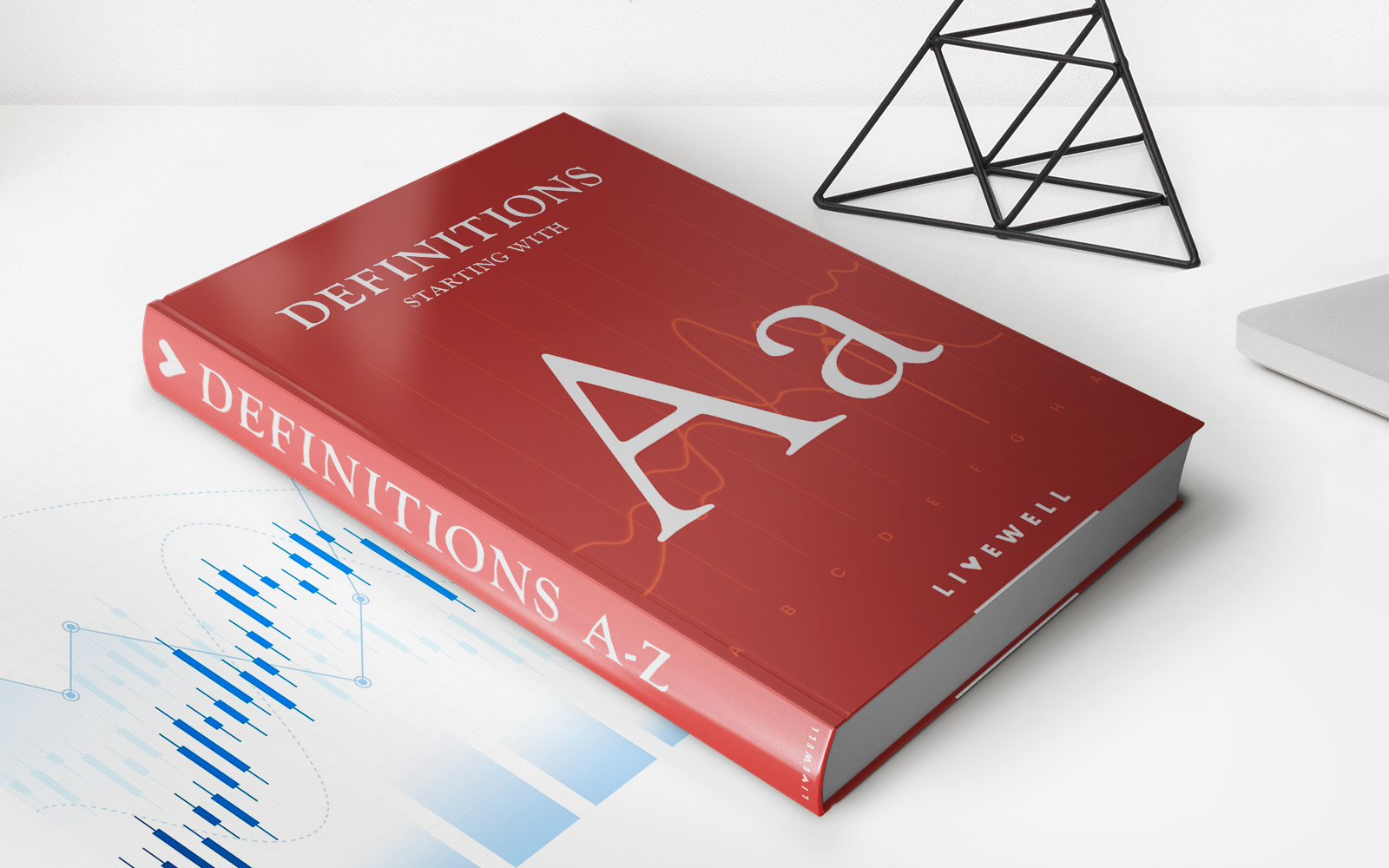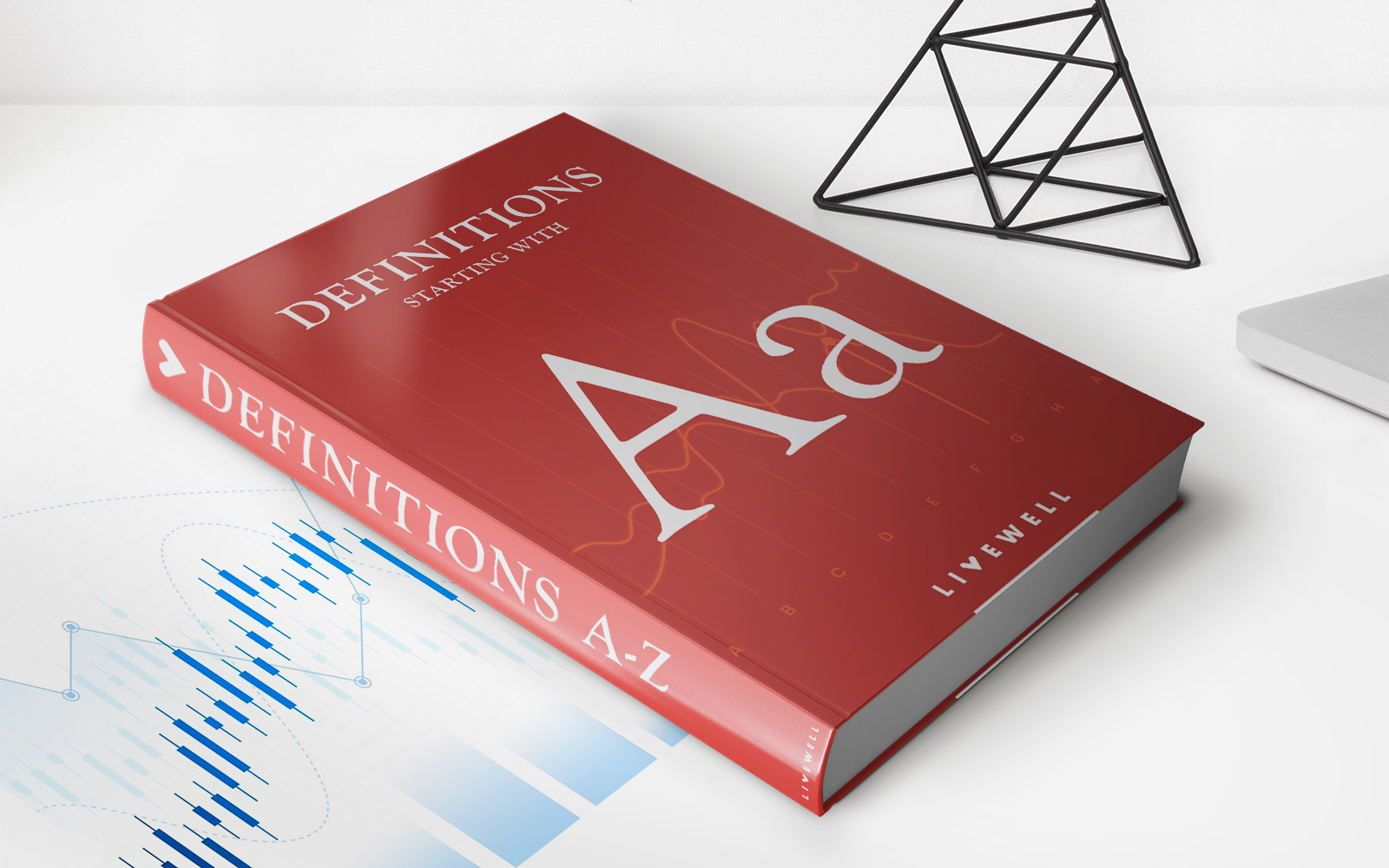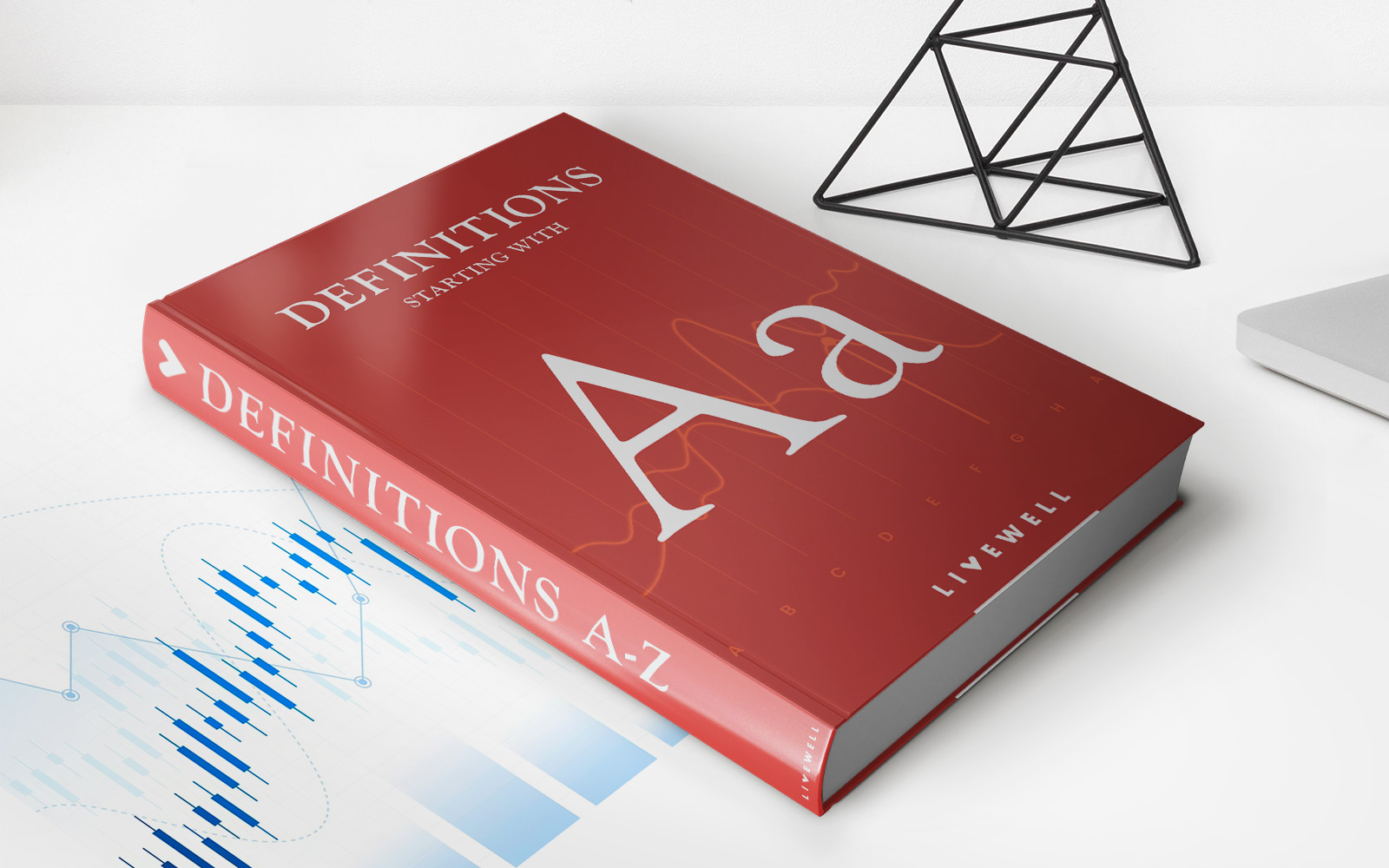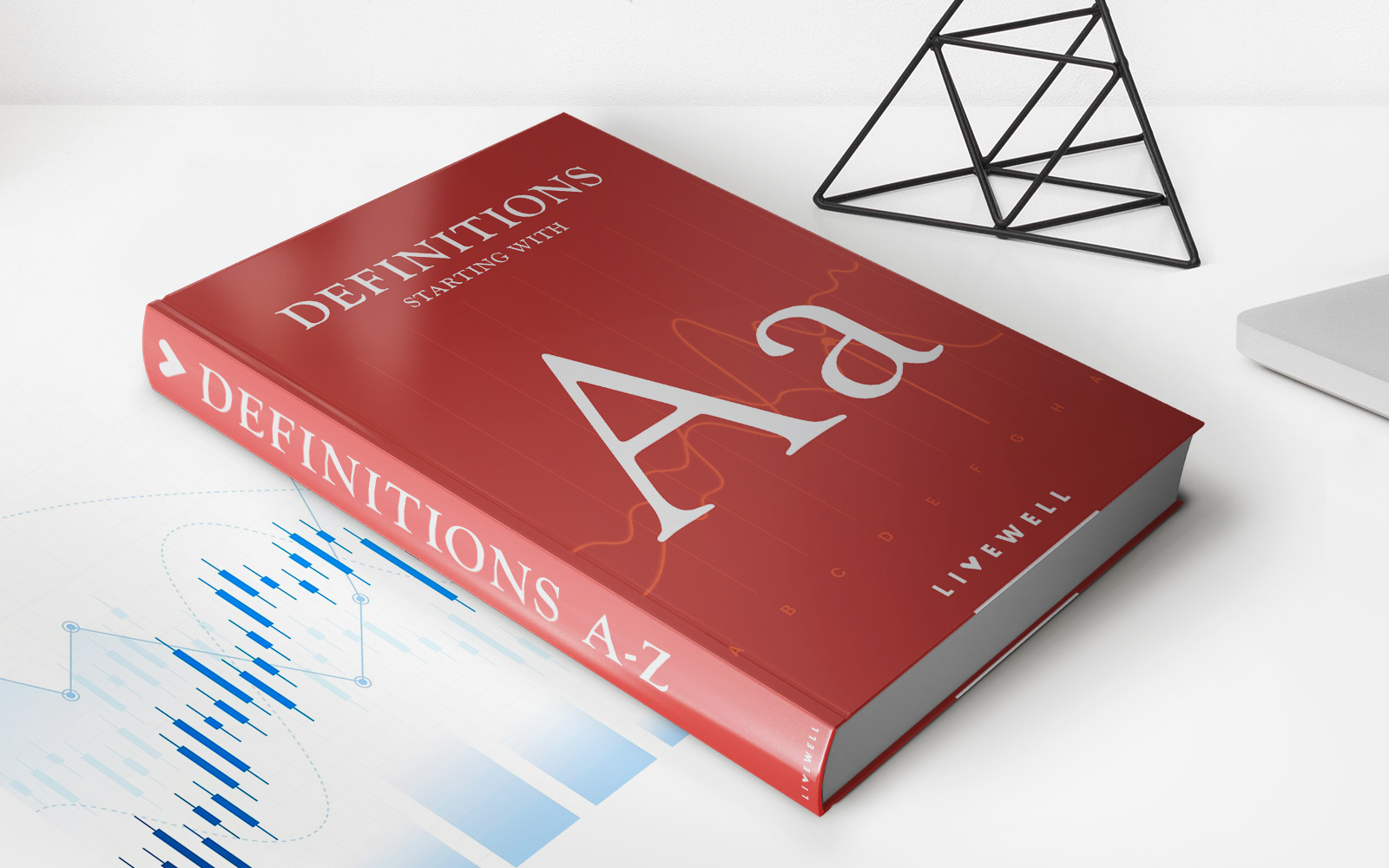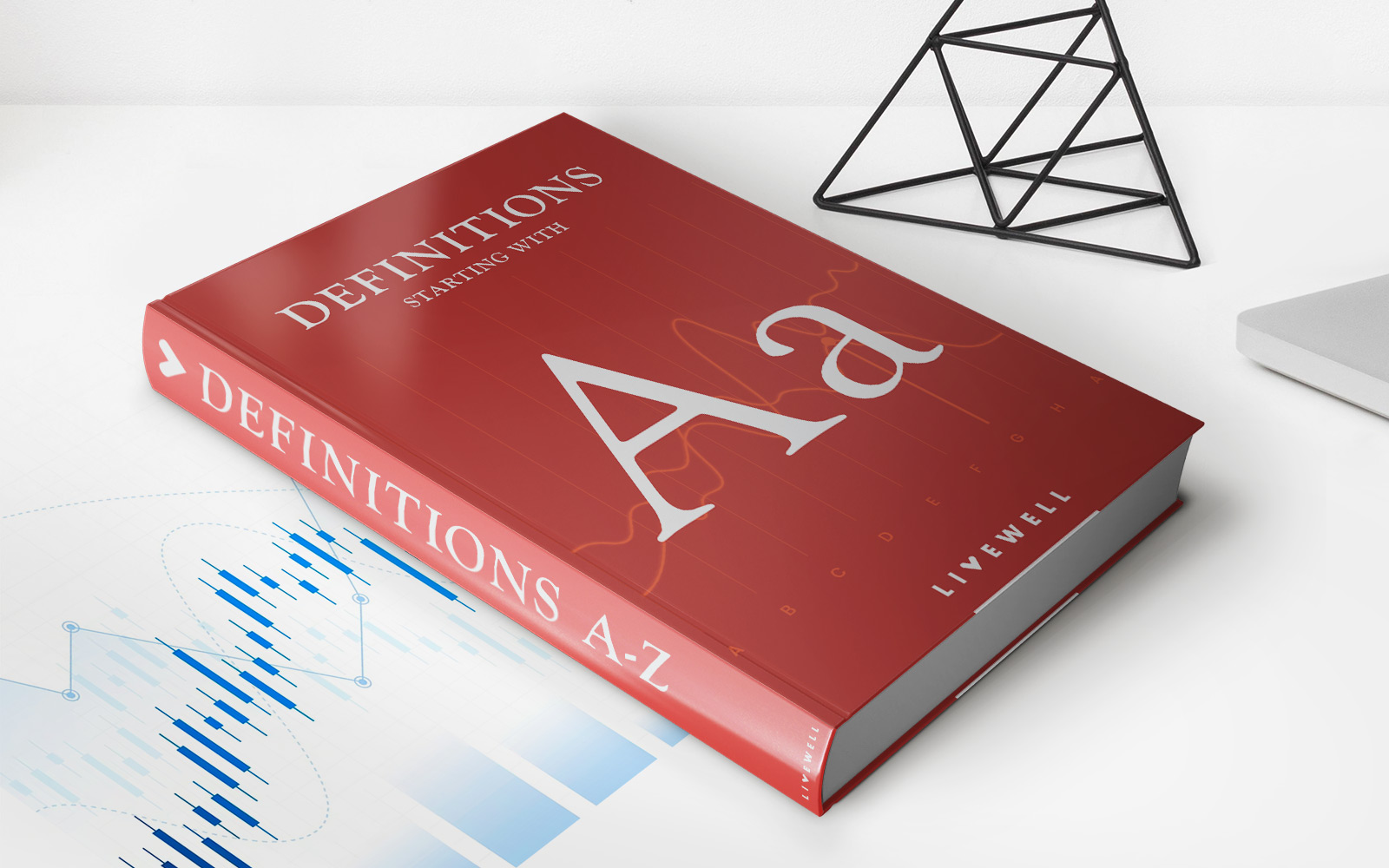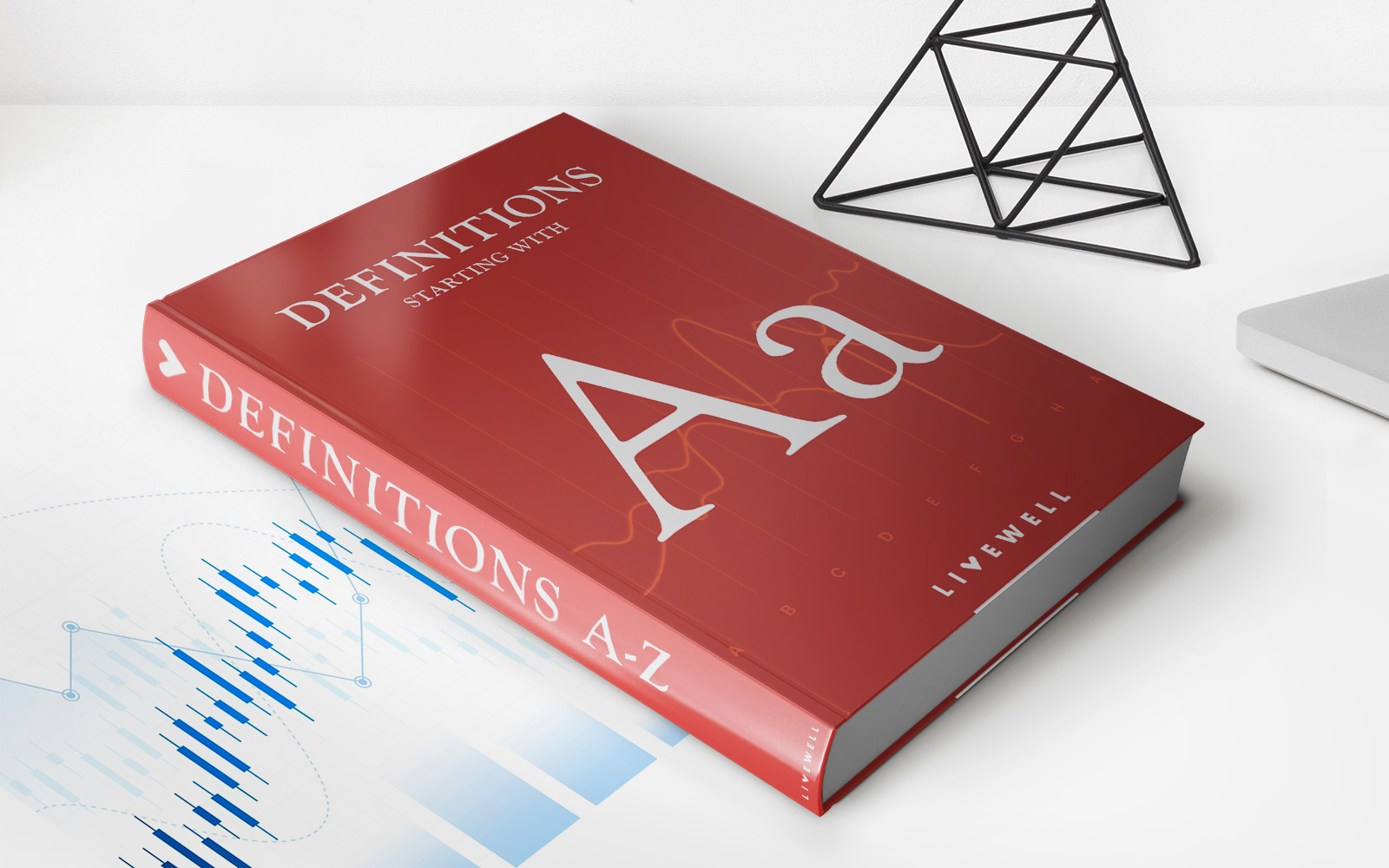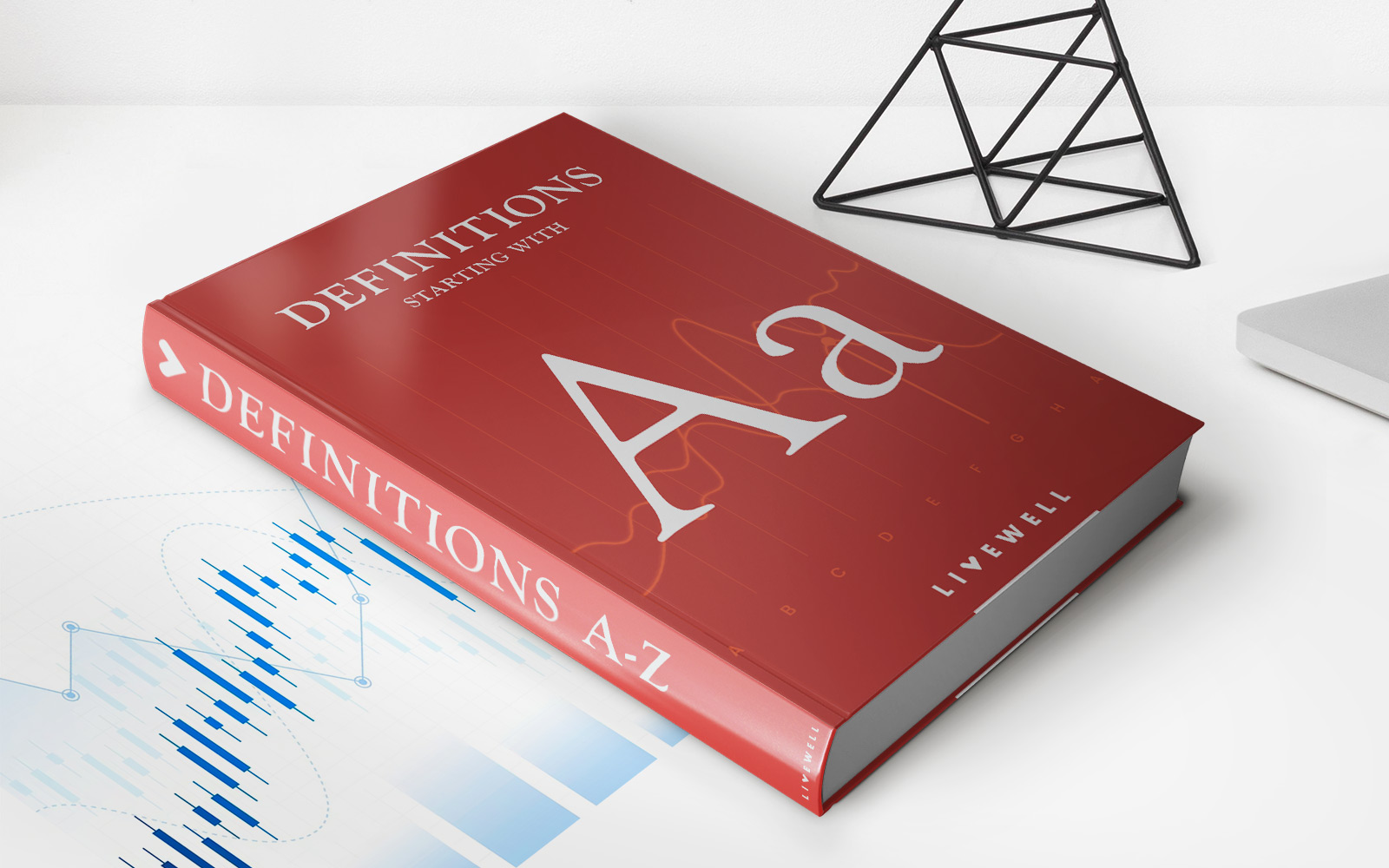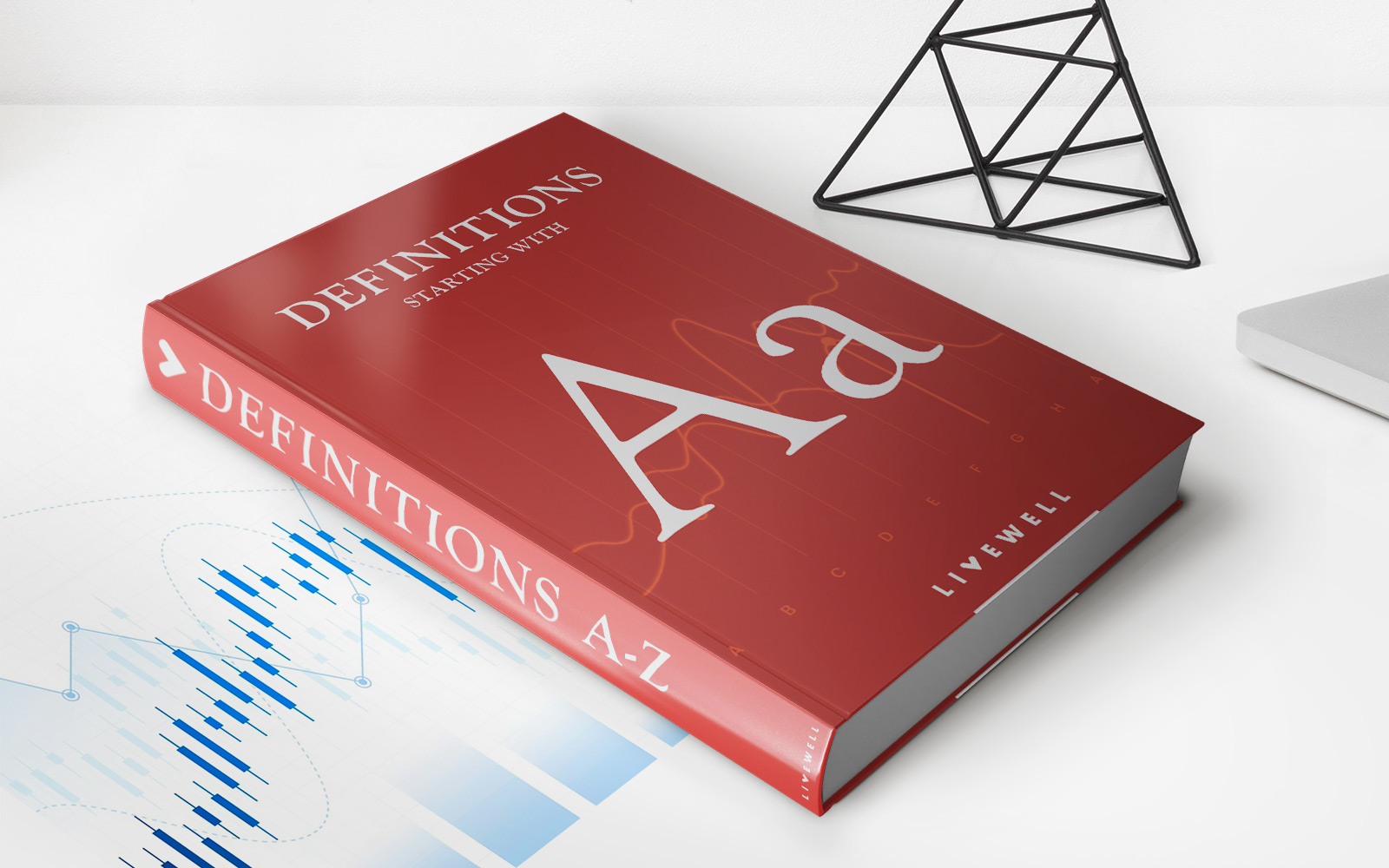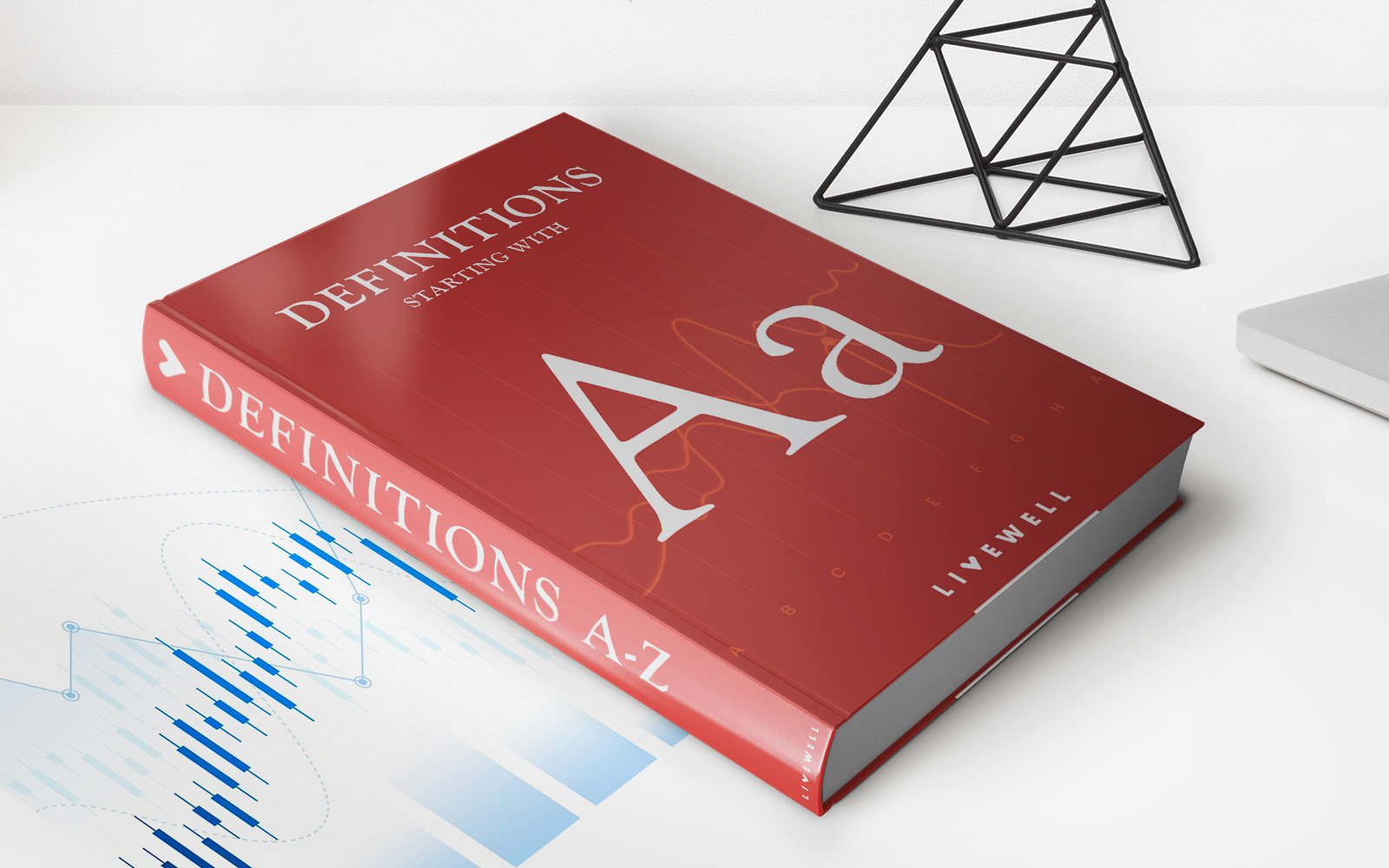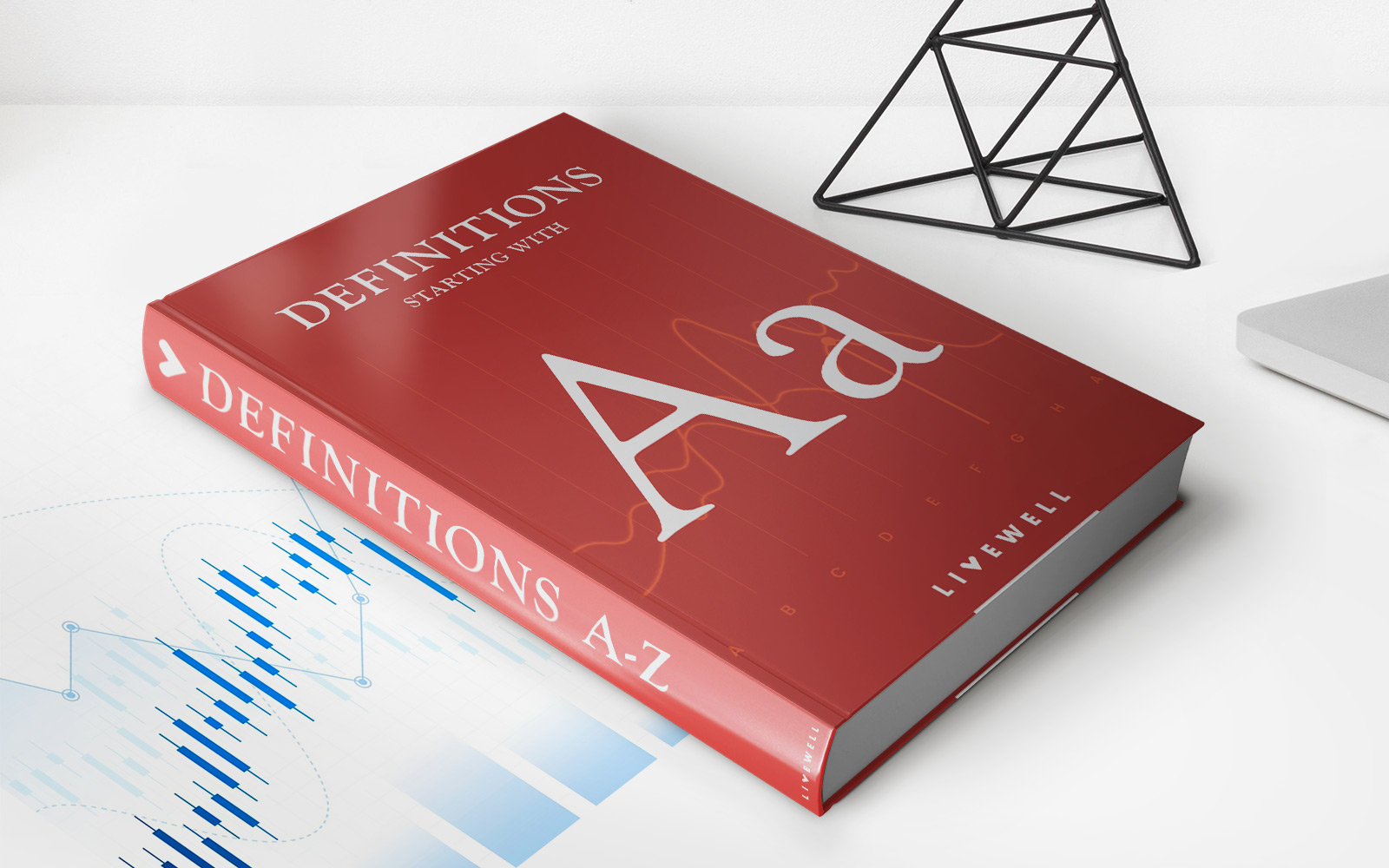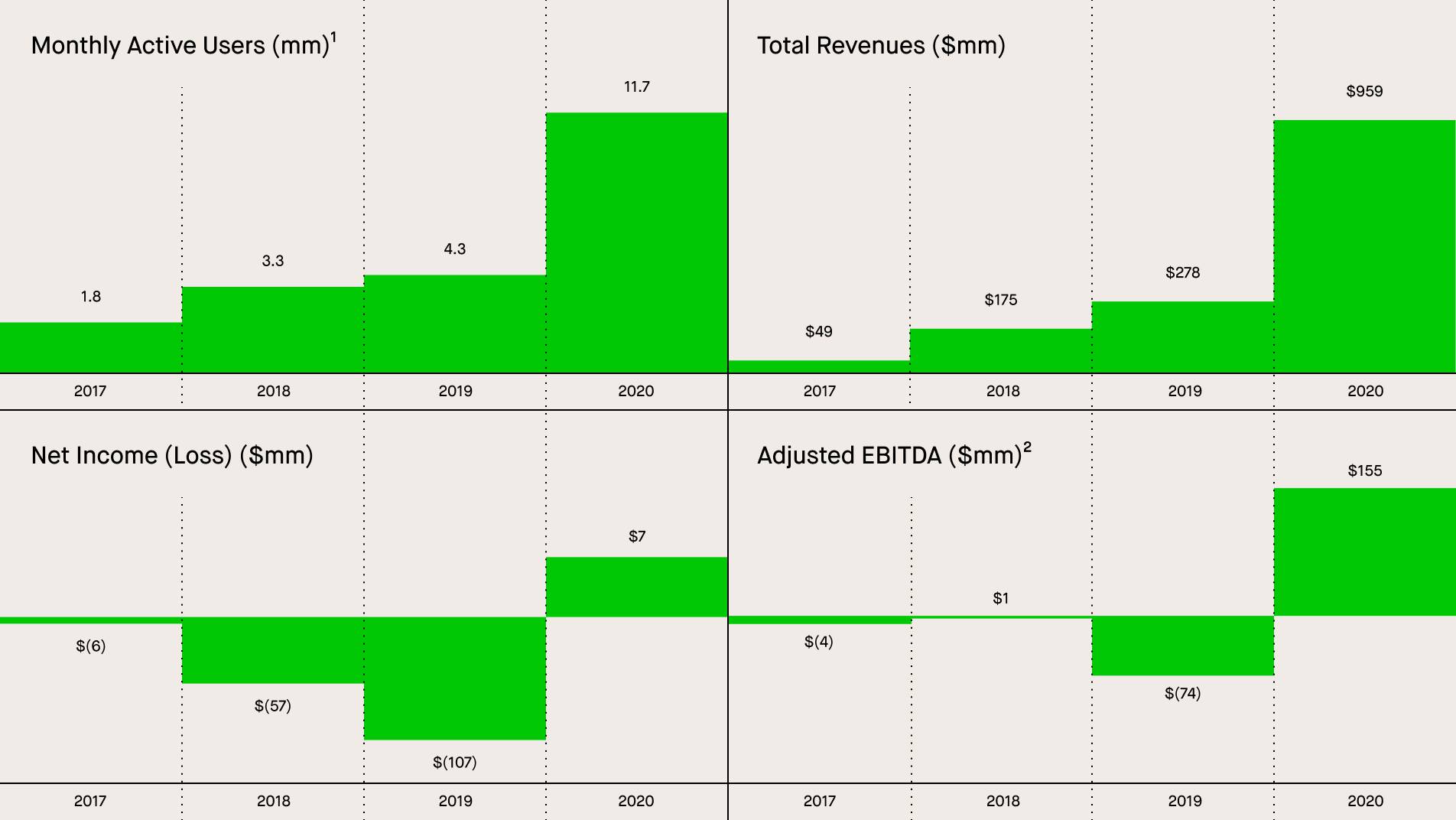

Finance
Bottomry Definition
Published: October 18, 2023
Discover the meaning of bottomry in the world of finance. Get a clear understanding of this financial term and its implications in the industry.
(Many of the links in this article redirect to a specific reviewed product. Your purchase of these products through affiliate links helps to generate commission for LiveWell, at no extra cost. Learn more)
The Bottomry Definition: A Guide to Understanding this Financial Term
Finance can be a complex and overwhelming topic, but it is essential to have a solid understanding of financial terms and concepts to navigate the world of money effectively. One such term that you may have come across is “bottomry.” In this blog post, we will provide a comprehensive definition of bottomry and explore its significance in the realm of finance.
Key Takeaways:
- Bottomry is a financial term that refers to a legal agreement where a ship and its cargo are used as collateral for a loan.
- This form of financing is primarily used in the maritime industry to fund voyages and cover necessary expenses.
So, what exactly is bottomry? In simple terms, it is an agreement in which a ship and its cargo serve as collateral for a loan. Historically, bottomry agreements were prevalent in maritime trade, especially during times when long-distance voyages were common. Shipowners would secure funds for their journeys by pledging their vessels and their cargo as a guarantee to the lender.
Bottomry can be considered a high-risk financing option, both for the lender and the borrower. The lender takes on the risk of potential damage or loss of the ship and cargo, while the borrower faces the possibility of losing their vessel and cargo if they cannot repay the loan. This form of financing allows shipowners to acquire the necessary funds to undertake a voyage or cover expenses such as repairs, fuel, or crew wages.
While bottomry agreements are not as widespread today as they once were, they still hold relevance in the maritime industry. However, it is vital to note that the terms and conditions of bottomry agreements may vary depending on the specific circumstances and the agreement between the parties involved.
Here are a few key points to consider about bottomry:
- Bottomry agreements are legally binding contracts that outline the terms of the loan, including the interest rate, repayment terms, and conditions in case of default.
- In some cases, a marine surveyor may be involved to assess the value and condition of the vessel and its cargo before the loan is granted.
- Bottomry agreements are governed by maritime laws and regulations, which may vary across different jurisdictions.
- Bottomry financing can be an attractive option for shipowners who require immediate funds for their voyages and are willing to accept the associated risks.
Bottomry is just one of the many financial terms that underpin the world of finance. Understanding these terms can be beneficial, whether you are a professional in the maritime industry or simply someone looking to expand their knowledge of finance.
In conclusion, bottomry refers to a financial agreement where a ship and its cargo are used as collateral for a loan. While its prevalence may have diminished over time, it still plays a role in maritime financing. By familiarizing yourself with financial concepts like bottomry, you can gain a deeper understanding of finance and make informed decisions.
